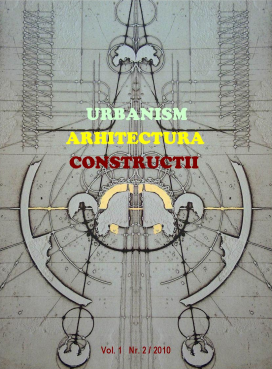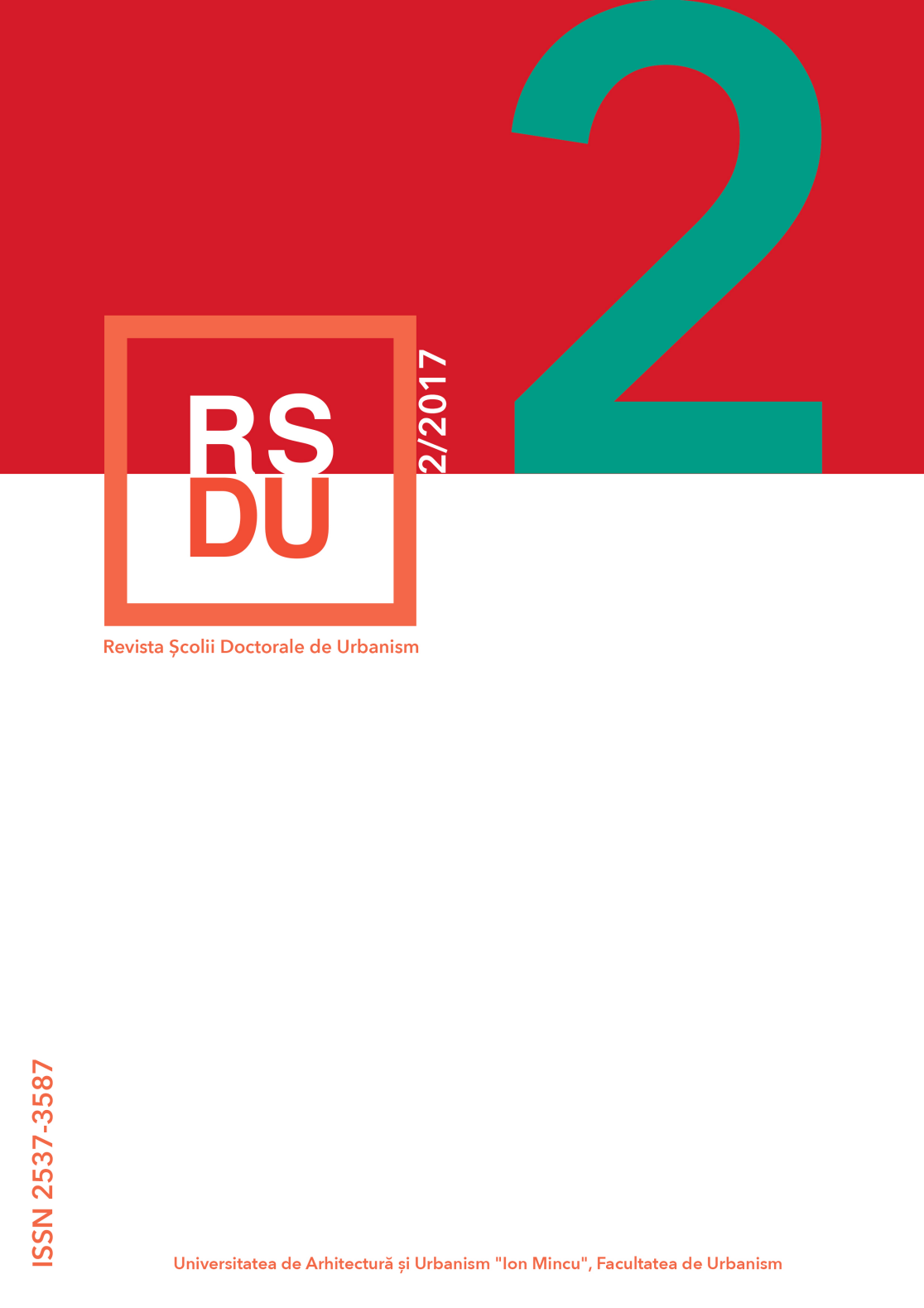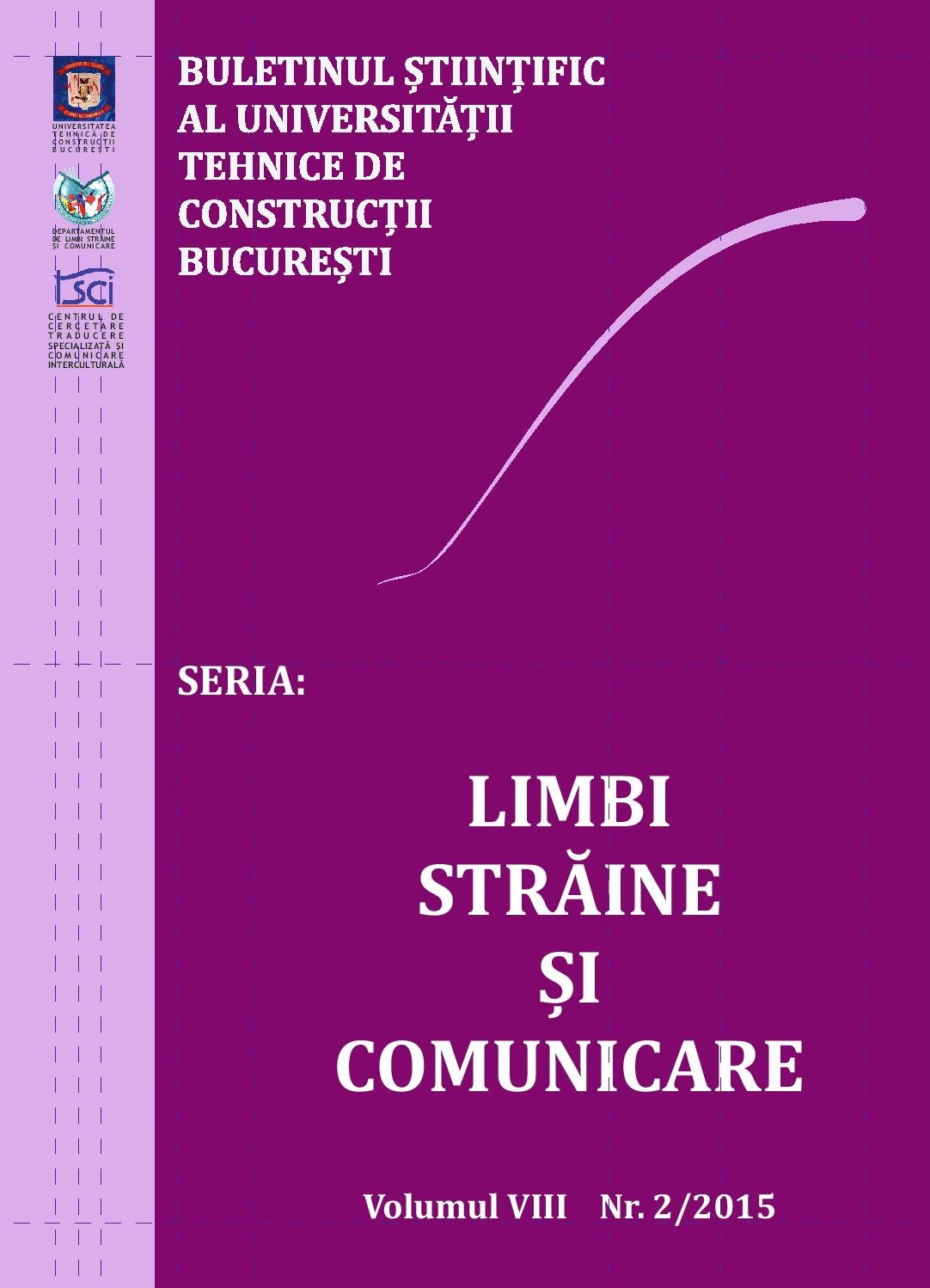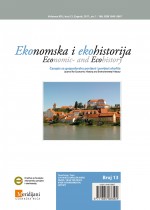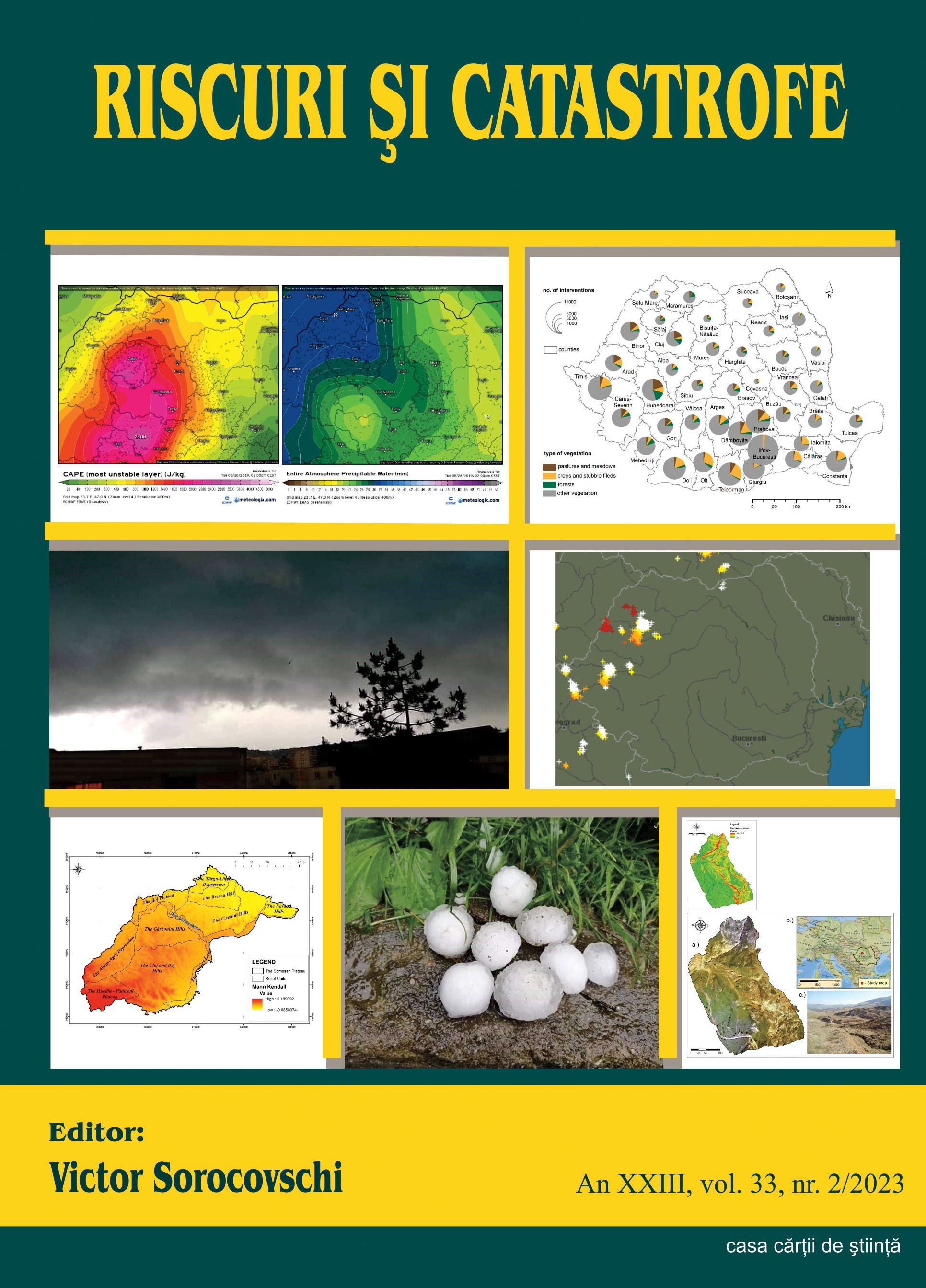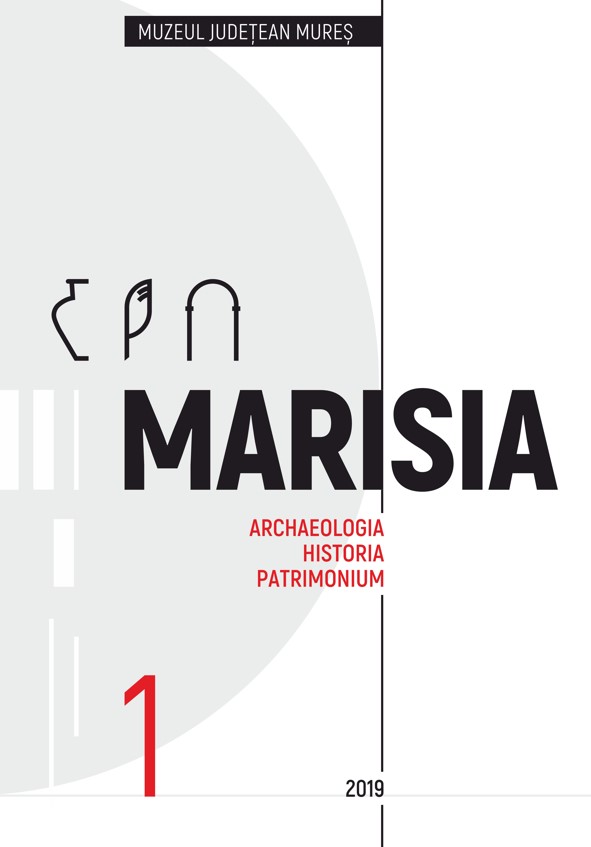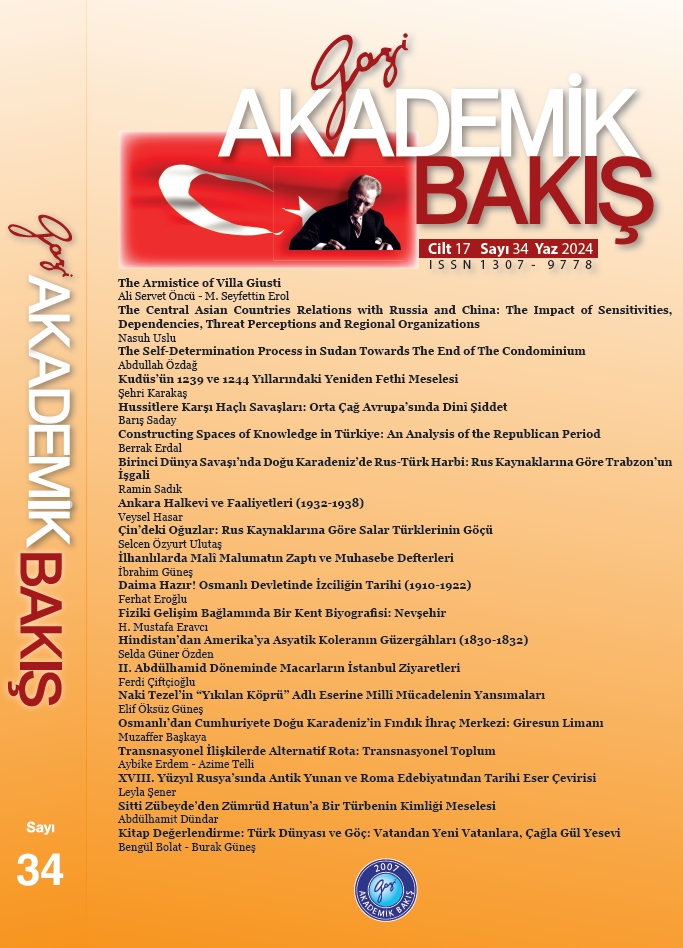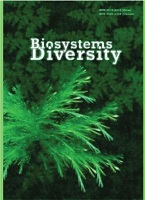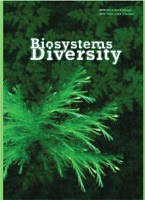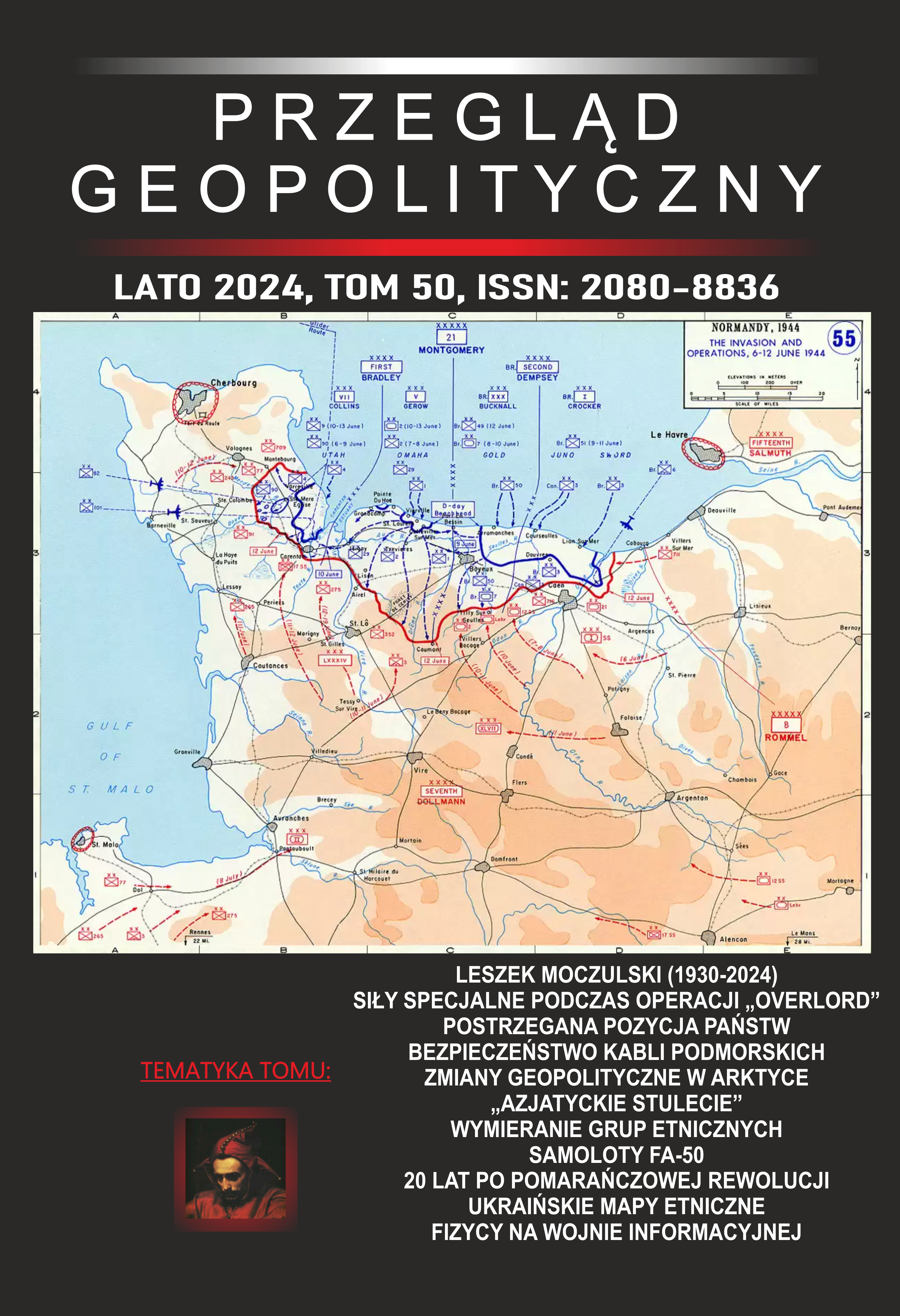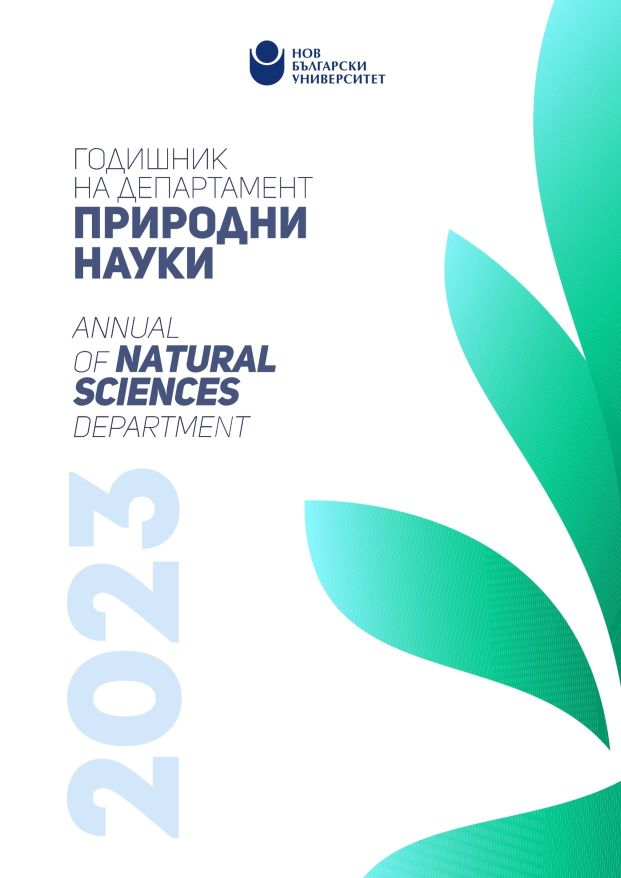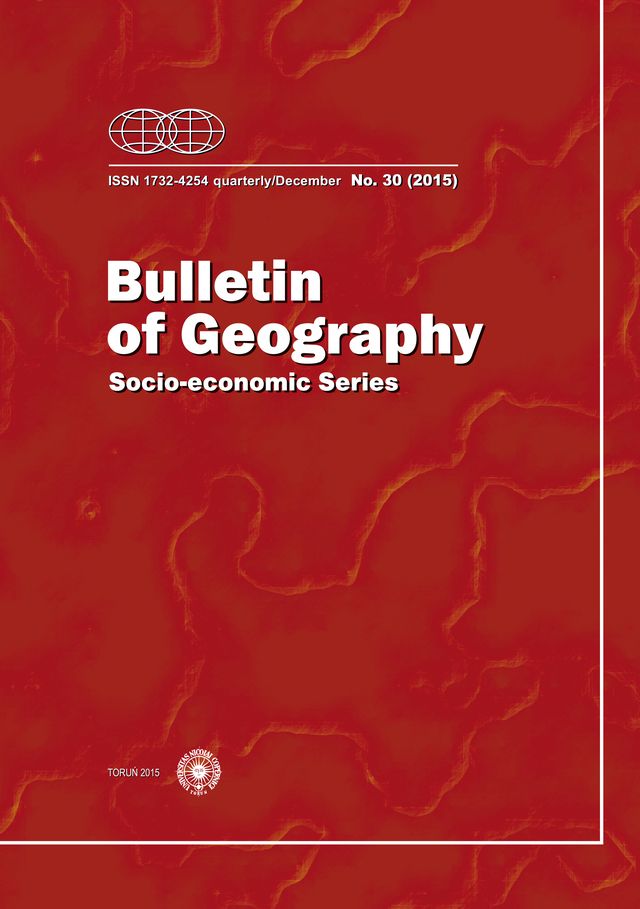
The spatial distribution of renewable energy infrastructure in three particular provinces of South Africa
Renewed interest is being shown in South Africa in the promotion of infrastructure for renewable energy (RE) to supplement the country's current energy-generation capacity and to break loose from its dependency on an unsustainable fossil-fuel-based energy-provision system. The latter system not only has unfavourable consequences for the environment, but is managed by a state-owned institution which since 2008 has been incapable of providing reliable electricity. RE infrastructure - especially for the generation of solar and wind energy - is a relatively new feature in the South African landscape. This paper examines the spatial distribution of the newly commissioned infrastructures for wind and solar energy (operational and under construction) and the role they can play in the diversification of the rural economies of parts of the country's Northern Cape, Western Cape and Eastern Cape provinces. First, literature on evolutionary economic geography, path dependence and new path creation is reviewed. Second, the role of a single energy provider - embedded in a monopolistic energy policy -in inhibiting the transition from a mainly fossil-fuel-based energy-provision system to a multisource (multi-owner) provision system is discussed. Third, the reasoning behind the siting of the infrastructures for solar and wind energy in three particular provinces is explained. Fourth, the possible roles these new infrastructures can play in the diversification of the rural economies where they occur are advanced. The paper concludes that solar- and wind-energy projects have the ability to transform the South African energy context and that these projects present some positive socio-economic impacts for rural economies in the three particular provinces. The paper also recommends that future research efforts should be aimed at the evolution of this socioeconomic transformation by taking into account the pre-development context of the areas under study.
More...
